#1 Houston Bat Removal Service
Are you dealing with unwanted winged visitors and seeking effective bat removal solutions? Contact Texas Bat Solutions at (832) 726-2771
While bats generally benefit the environment & our ecosystems, they can pose serious problems when they invite themselves into human living spaces. When these nocturnal creatures decide to take up residence in your home or business, they need to be quickly and safely removed.
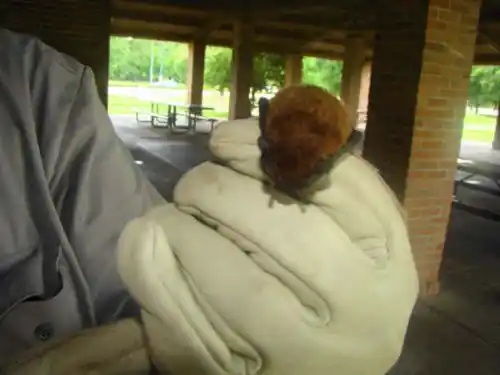
If you are dealing with a Bat Infestation – Texas Bat Solutions is here to solve your problem safely and effectively. Houston bat removal is necessary for safety, health, and legal compliance. Whether you need bat control services for your house, business, school, or other building… no job is too big or small for us at Texas Bat Solutions.
If You Got Bats… We Got Solutions.
Why Choose Us?

Expertise and Experience:
As a Houston bat removal company with over 30 years of combined experience and more than 1000 satisfied customers, you can be assured that we will get the job done right the first time and humanely remove the colony from your vicinity!

Legal Compliance:
We are fully licensed with the State of Texas and operate within the bounds of local regulations and federal laws governing bat removal. Our methods are effective and ethical, ensuring that our clients are in compliance with wildlife removal laws.

Bat Conservation:
Texas Bat Solutions is not just a service provider; we are advocates for bat conservation. As Members of Bat Conservation International, our commitment goes beyond bat removal. We aim to preserve bat populations and their crucial role in ecosystems.

Competitive Pricing:
At Texas Bat Solutions, we understand the importance of cost effective Houston bat removal. We believe in transparency when it comes to pricing; clients can expect detailed estimates that outline the costs of the services they require. No hidden fees or surprises.

Customized Solutions:
Every bat colony and property is unique, requiring tailored solutions that address specific challenges. Our team conducts thorough assessments to identify entry points, colony size, and behavioral patterns. This approach avoids resorting to extermination.

Long Term Guarantees:
Choosing Texas Bat Solutions means investing in the long-term wellbeing of both your property. Our bat-proofing contracts are a great value investment and include 3-5 Year Structural Guarantees, should bats invite themselves in again.
We Are NOT Bat Exterminators!
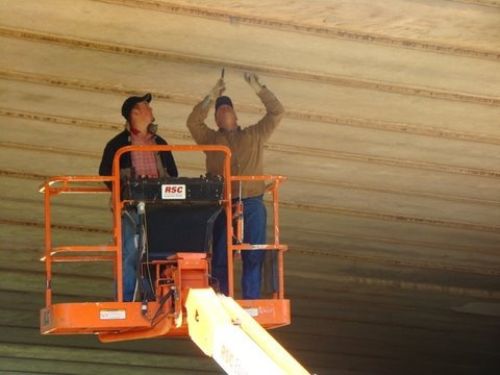
The presence of bats in urban and residential areas in Houston, Texas has prompted concerns and inquiries from homeowners seeking solutions to deal with these flying mammals. First and foremost, we must highlight that bats are often misunderstood creatures.
While they may inadvertently enter homes or roost in attics, it is rarely with malicious intent. Bats are not pests; they are valuable contributors to local ecosystems that play a vital role in controlling insect populations, pollinating, and aiding in seed dispersal.
One common misconception that needs addressing is the assumption that bat removal involves extermination:
Texas Bat Solutions is Not a Bat Exterminator.
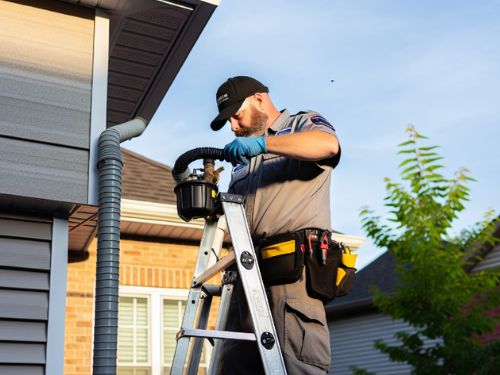
We Do Not Kill Bats. Instead, we provide humane and ethical bat management solutions that prioritize the well-being of bats. We are committed to responsible bat exclusion and conservation efforts. This distinction sets us apart in the field of wildlife removal.
Our approach is centered on ethical and environmentally friendly bat management. Rather than resorting to harmful methods, we employ responsible exclusion techniques that allow bats to continue their natural behaviors in the wild and avoid potential conflicts with humans.

Our Bat Removal Process

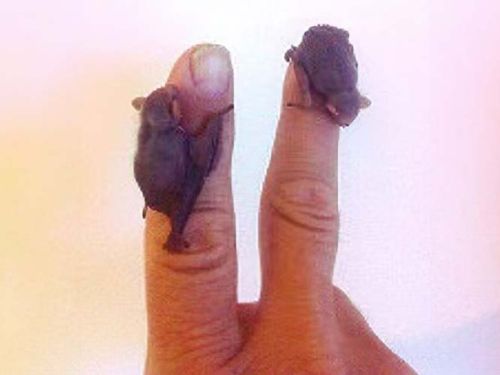
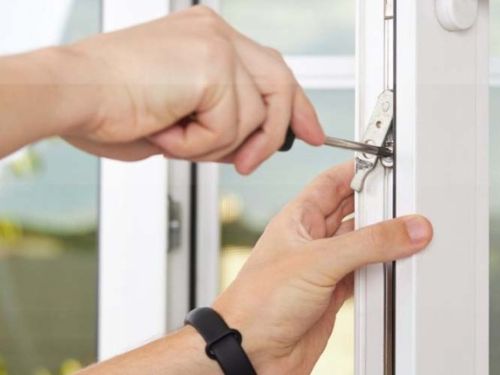
The Importance of Professional Bat Removal
Professional bat removal provides a safe and effective solution for bat infestations. Our professionals at Texas Bat Solutions are trained to handle these flying creatures with care, ensuring the protection of both humans and bats during the removal process.
We are well-versed in local laws and regulations, ensuring that the removal process is conducted legally and in accordance with environmental regulations. Here at Texas Bat Solutions, our 30 years of experience and adherence to safety protocols make us your dependable and effective problem solver in Houston Bat Removal.
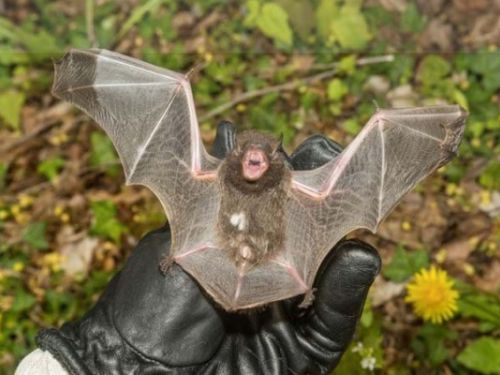
Health and Safety Concerns
Physical Danger: Bats may become defensive when threatened, leading to bites or scratches. Some species, like the Mexican free-tailed bats, are known to carry fleas, adding another layer of potential harm. Professional technicians are equipped to handle bats safely, minimizing the risk of physical harm.
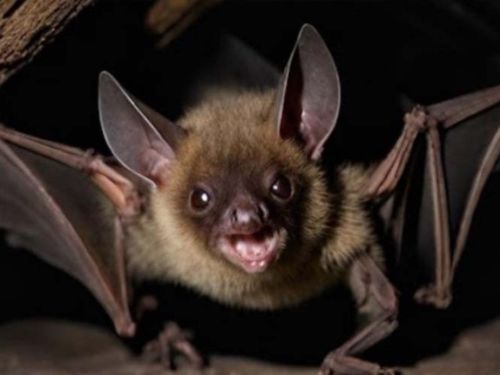
Working at Heights: Bats often roost in high, difficult-to-reach places such as attics or chimneys. Working at heights poses inherent risks, including falls and injuries. Our specialists at Texas Bat Solutions are trained in safety protocols for working at elevated locations and using appropriate safety equipment.

Health Risks: Bats can carry diseases like rabies, histoplasmosis, and bat lyssavirus. Handling bats without proper gear or attempting to remove them without professional expertise can result in exposure to these diseases.
Airborne Particles: Disturbing bat guano can release airborne particles containing fungal spores, bacteria, and other contaminants. Inhalation of these spores can result in respiratory issues, a fungal infection, and other health problems. Proper safety measures, including wearing respiratory protection and appropriate cleaning techniques, are essential during cleanup.
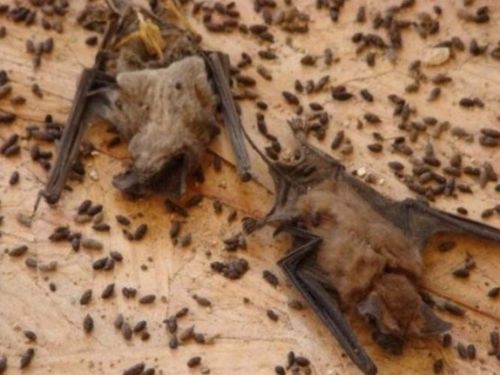
Legal Considerations: Federal Laws and local regulations protect many bat species due to their importance in controlling insect populations. Killing or harming bats without proper authorization can result in legal consequences. Professional bat removal services are well-versed in these regulations and operate within the bounds of state and federal law.



DIY Bat Removal is NOT Recommended
As we have repeatedly stated, bat removal requires specialized knowledge of behavior, biology, and local regulations. Attempting to remove bats without this expertise can lead to many issues. DIY solutions, such as repellents or home remedies, are often ineffective and can exacerbate the problem. Bats are highly adaptable, and without professional techniques, they will find new potential entry points and return to the same location.
Handling bats without proper protective gear also increases the risk of exposure to diseases. Even indirect contact with bat droppings poses a health hazard that may not be immediately apparent. If one does not understand the protocols associated with Houston bat removal, they will be at risk of bites, scratches, and potential exposure to guano.
How To Identify A Bat Colony
Identifying a bat infestation paves the way for reclaiming your home. Look out for signs like bat droppings or guano that emit a strong and unique smell. Bat rub marks are identifiable by their smooth, polished appearance, slight stickiness, presence of bat hairs, and a yellow-brown to blackish-brown coloration.
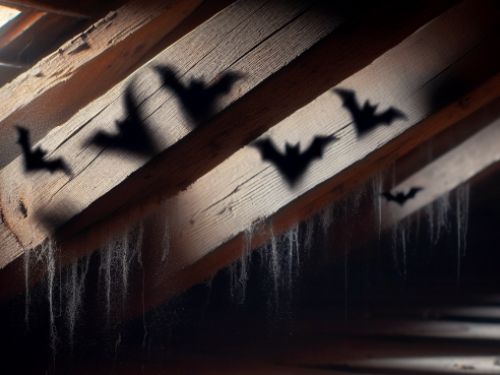
If your home reeks of ammonia, it’s a telltale sign of a bat infestation caused by the droppings and urine of bats. Additionally, bats emit distinctive sounds such as squeaks, chirps, and fluttering sounds, especially during the night or early morning when they return or depart from their hunting expeditions.

When To Seek Professional Help
Texas Bat Solutions specializes in removing bat colonies consisting of Five Or More Bats. If there are only one or two bats in your home or garage, we recommend that you stay patient and they will typically leave on their own. If you notice multiple bats in and around your home, these are signs that a bat colony could have taken up residence. At this point, you should contact Texas Bat Solutions at (832) 726-2771 to prevent any additional property damage.
Bat Proofing
Preventing future bat infestations is as important as removing the current one. An in-depth inspection is vital for bat-proofing to locate any potential entry points to prevent bats from returning. Once located, these entry points should be effectively sealed using epoxy paint, caulk, and expanding foam. Regular maintenance and cleanliness are other vital aspects of bat prevention. Clearing yard debris and upkeeping the home exterior can discourage bats and avert future infestations. By being proactive and vigilant, you can ensure your home remains a bat-free zone.
Most Common Bat Species in Houston, Texas
Texas is home to a rich variety of wildlife, and bats are no exception. The state boasts a remarkable diversity of bat species, each doing its part to maintain ecological balance. From insect control to pollination and seed dispersal, bats contribute significantly to the health of ecosystems in Texas.
Mexican Free-tailed Bat (Tadarida brasiliensis):
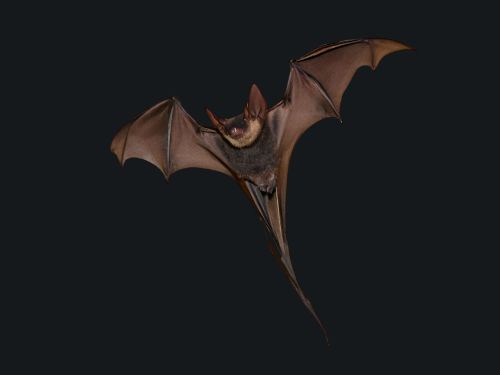
The Mexican Free-tailed Bat is one of Texas’s most common bat species. These bats are known for their impressive long-distance migrations. During the warmer months, they form massive colonies in caves, bridges, and buildings, attracting bat enthusiasts and researchers alike. Bracken Cave, near San Antonio, hosts one of the world’s largest colonies of Mexican Freetailed bats. These bats are named for their tail length, which extends beyond the tail membrane.

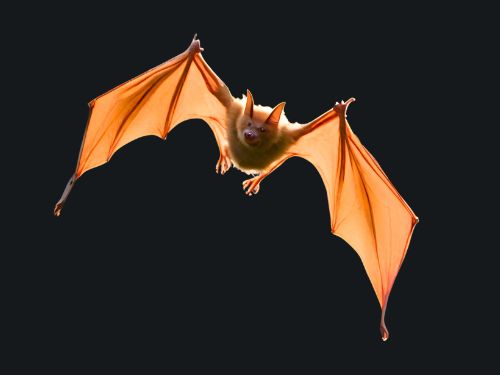
Eastern Red Bat (Lasiurus borealis):

The Eastern Red Bat is a distinctive species known for its striking reddish fur and membranes. They are widely distributed across North America, including Houston, and are often found roosting in trees. Eastern Red Bats are skilled hunters, capturing insects on the fly with their echolocation abilities. During the day, Eastern Red Bats roost in foliage, resembling dead leaves with their reddish- brown fur. This camouflage protects them from predators.
Big Brown Bat (Eptesicus fuscus):
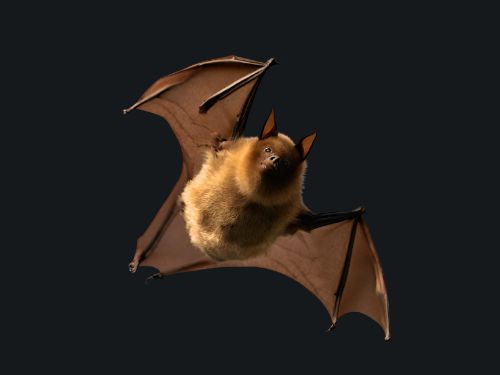
The Big Brown Bat is a robust species commonly found throughout Texas. These bats have a wingspan of about 11-13 inches and are known for their relatively large size compared to other bat species. Big Brown Bats are generalist feeders, consuming many insects, including beetles, moths, and flies. Their adaptability to urban environments makes them frequent visitors to residential areas, where they find suitable roosting spots in buildings and bridges.

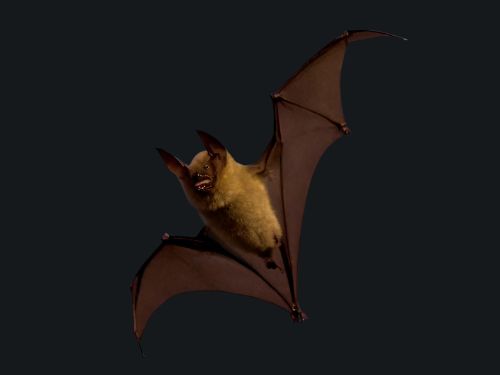
Evening Bat (Nycticeius humeralis):

The Evening Bat is a medium-sized bat species found in Texas and throughout the southeastern United States. These bats are known for their distinctive white-tipped hairs, giving them a frosted appearance. Evening Bats are social creatures, forming colonies in tree cavities, buildings, and bat houses. They primarily feed on moths, beetles, and other flying insects. Their foraging activity begins at dusk, making them an essential part of the nocturnal ecosystem.
Brazilian Free-tailed Bat (Tadarida brasiliensis):
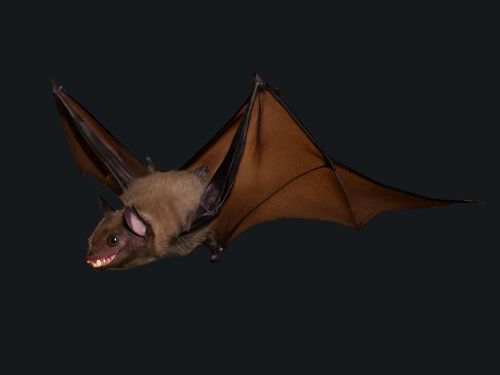
Like the Mexican free-tailed Bat, the Brazilian Free-tailed Bat is another species commonly found in Texas. They share similar characteristics, such as their long tail extending beyond the tail membrane. These bats are migratory, with populations moving between South America and North America. Brazilian Free-tailed Bats form large colonies in caves, attics, and other sheltered places. Like their Mexican counterparts, these bats are known for their spectacular emergences from roosting sites at dusk.

Located in Houston But Serving All Of Texas
Our bat removal services extend beyond city limits to cater to all of Texas. With a deep understanding of local wildlife and environmental regulations, we specialize in humane bat exclusion techniques that ensure the safety of both your property and the natural habitat of these beneficial creatures. We pride ourselves on delivering prompt, effective solutions that prioritize the well-being of our clients and the bats themselves.
Whether you’re in the heart of Houston or in rural Texas, our team stands ready to provide reliable, compassionate bat removal services tailored to your location and circumstances.
We Serve the Houston Metro Area, including: Pasadena, Katy, League City, Pearland, Sugar Land, The Woodlands, & More.
We Also Serve San Antonio, Austin, Corpus Christi & More.
FAQ About Houston Bat Removal Services
How Do I Remove a Bat From My House?
The first step is to remain calm. Panicking or sudden movements can increase the likelihood of a bat becoming defensive. Next, confine the bat to a single room by shutting all doors or windows leading to other parts of the house. This helps create a contained space, making guiding the bat towards an exit easier. Turn off the lights in the room, leaving only one light source near an open window or door. Bats are naturally drawn to light, and this will encourage the bat to fly towards the illuminated exit. Minimize noise in the area, as bats are sensitive to sound. If the bat does not leave after a couple of hours, we recommend calling a Houston bat removal service like Texas Bat Solutions.
How Much Does Houston Bat Removal Cost?
Bat removal costs can fluctuate based on various factors. These include the size and severity of the infestation, the location and accessibility of the infestation, and the chosen method of bat removal. Professional bat removal services can range anywhere from $200 to as much as $15,000 for severe infestations.
However, it’s important to note that there can be substantial additional costs, including guano removal, which may vary from $500 to $10,000 and addressing other types of infestations such as insects or rodents. While Houston bat removal services like Texas Bat Solutions may appear more costly than DIY methods, our expertise and effectiveness make the cost worthwhile.
Do Bats Prefer Hot or Cold Weather?
Bats are adaptable creatures and can be found in a variety of climates around the world. The preferences of bats for hot or cold weather depend on the specific species and their ecological niche. Some bat species prefer colder temperatures and hibernate during winter when insects (their primary food source) are scarce. Bats lower their metabolic rate and body temperature during hibernation to conserve energy. They often seek shelter in caves, mines, or other protected locations.
In some regions, bats may migrate to warmer areas during colder months. This behavior helps them avoid the harsh winter conditions and find more abundant food sources. Bats are primarily nocturnal and this helps avoid high daytime temperatures in some regions.
When Is Bat Maternity Season?
In Texas, maternity season occurs during the warmer months, typically in late spring and early summer. The maternity season is a crucial time for bat colonies when females give birth and raise their young. Amazingly, bats can time maternity season for when conditions are most favorable, and resources are at their most available, ensuring that the young pups and new mothers have a readily available food source.
Who Should I Call for Bat Removal Near Me?
Your trusted friend in the Houston Bat Removal Business. We are located in Houston, TX, and have been removing bats in Texas since 2007. We get the job done the first time and have very competitive pricing!
LATEST POSTS
Why Do Bats Fly in Circles?
Why Do Bats Fly in Circles? This distinct flying pattern is more than an aerial quirk; it's essential for their survival. Bats use circular flight patterns as a part(read more)
Do Bats Drink Water?
Do Bats Drink Water? While we often associate bats with their affinity for insects, fruit, or even blood... a question lingers in the realm of curiosity: Do Bats Drink Water? Yes. Bats drink water and they require substantial amounts for survival, sometimes up to 50% of their body weight daily.
Does Home Insurance Cover Bat Removal?
Facing a bat infestation, homeowners need to know: does home insurance cover bat removal? This article directly answers that question, detailing what aspects of bat removal, if any, are covered by your home insurance policy and what costs you may need to handle yourself.
Do Bats Migrate?
As mysterious creatures of the night, bats often evoke curiosity. One intriguing question that arises is:Do Bats Migrate? Unfortunately the answer isn't Black or White. While some species migrate to find warmer climates and abundant food sources as temperatures drop, other colonies may hibernate or stay in the same area year-round.






